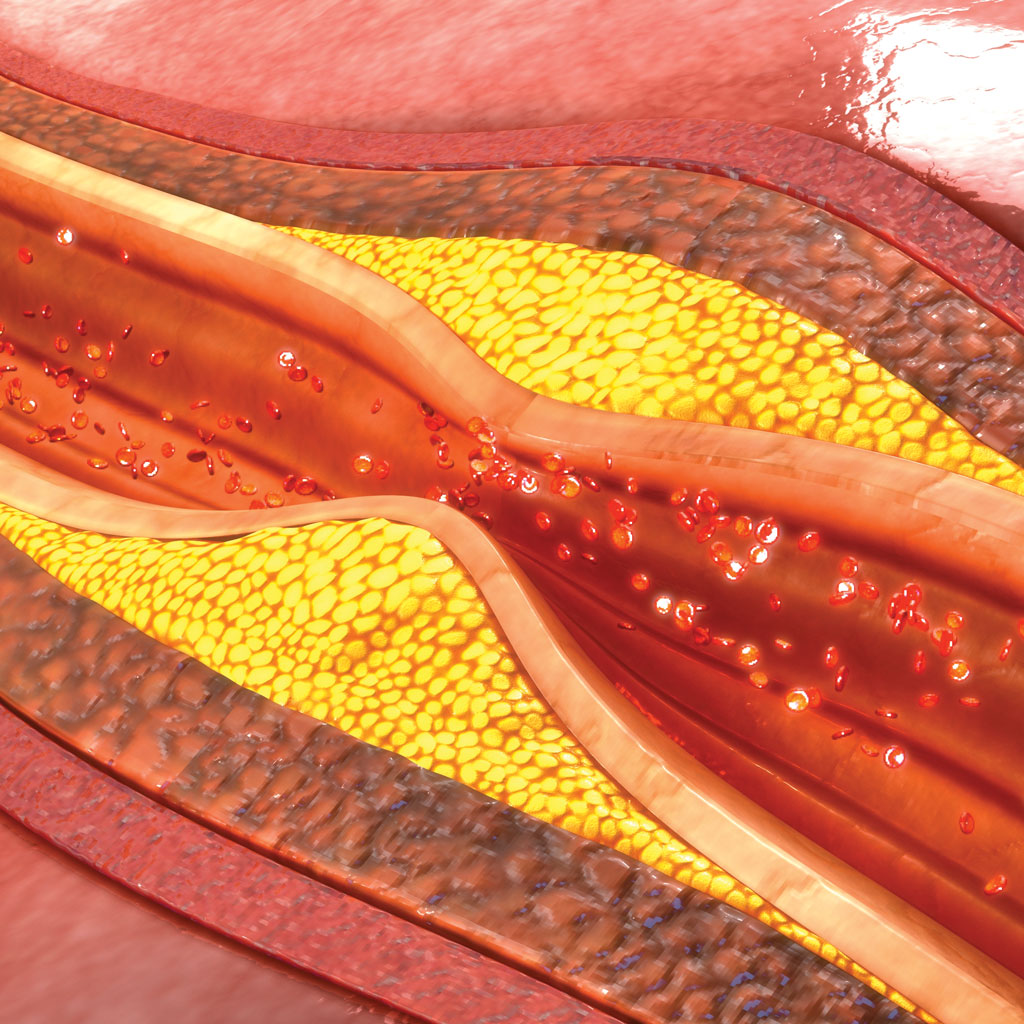Peripheral Artery Disease (PAD) is a common circulatory problem in which narrowed arteries reduce blood flow to the limbs. This condition is most commonly found in the legs and can cause pain among other symptoms. Understanding PAD is essential for early detection and treatment, which can significantly improve quality of life and prevent severe complications.
What is Peripheral Artery Disease?
Peripheral Artery Disease occurs when plaque, a material made up of fat, cholesterol, and other substances, builds up on the walls of the arteries. This buildup, known as atherosclerosis, narrows the arteries and restricts blood flow to various parts of the body. When PAD affects the arteries supplying blood to the limbs, it can lead to pain and mobility issues.
Causes and Risk Factors
The primary cause of PAD is atherosclerosis. However, several risk factors can increase the likelihood of developing the disease:
- Smoking: This is the most significant risk factor for PAD. Smoking damages the blood vessels and promotes the buildup of plaque.
- Diabetes: High blood sugar levels can damage the arteries, making people with diabetes more susceptible to PAD.
- High Blood Pressure: Hypertension puts extra strain on the arteries, contributing to plaque buildup.
- High Cholesterol: Elevated levels of cholesterol can lead to the formation of plaques in the arteries.
- Age: The risk of PAD increases with age, especially after the age of 50.
- Family History: A family history of cardiovascular disease can increase the risk of developing PAD.
- Obesity: Excess body weight can contribute to high cholesterol, high blood pressure, and diabetes, all of which are risk factors for PAD.
Symptoms of Peripheral Artery Disease
PAD symptoms may not be present in the early stages. As the disease progresses, the following symptoms may appear:
- Claudication: Pain, cramping, or tiredness in the leg muscles, especially during physical activity. This pain typically goes away with rest.
- Numbness or Weakness: Reduced blood flow can lead to numbness or weakness in the legs.
- Coldness in the Lower Leg or Foot: Affected limbs may feel colder than the rest of the body due to poor circulation.
- Sores or Wounds that Heal Slowly: Reduced blood flow can slow down the healing process of cuts or sores on the legs or feet.
- Change in Leg Color: The skin on the legs may appear shiny or change color due to poor circulation.
- Hair Loss on Legs and Feet: Decreased blood flow can result in hair loss on the legs and feet.
Diagnosing Peripheral Artery Disease
To diagnose PAD, doctors will typically start with a physical examination, followed by one or more diagnostic tests:
- Ankle-Brachial Index (ABI): This test compares the blood pressure in the ankle with the blood pressure in the arm to determine how well blood is flowing.
- Ultrasound: Doppler ultrasound can help visualize blood flow in the arteries and detect blockages.
- Angiography: This imaging test uses contrast dye to highlight the arteries on an X-ray or other imaging techniques.
Treatment Options
The primary goals of PAD treatment are to manage symptoms and prevent further progression of the disease. Treatment options include:
- Lifestyle Changes: Quitting smoking, adopting a healthy diet, regular exercise, and managing diabetes and hypertension can significantly improve PAD symptoms.
- Medications: Drugs that lower cholesterol, control blood pressure, and prevent blood clots can help manage PAD.
- Surgical Procedures: In severe cases, procedures such as angioplasty or bypass surgery may be necessary to restore proper blood flow.
Peripheral Artery Disease is a serious condition that can significantly impact the quality of life if left untreated. Early detection and management are crucial in preventing complications and improving outcomes. If you experience symptoms of PAD, consult your healthcare provider for a proper diagnosis and a personalized treatment plan.
Advanced Medical Imaging Consultants services many locations that offer diagnostic imaging. Choose the location most convenient to you.

